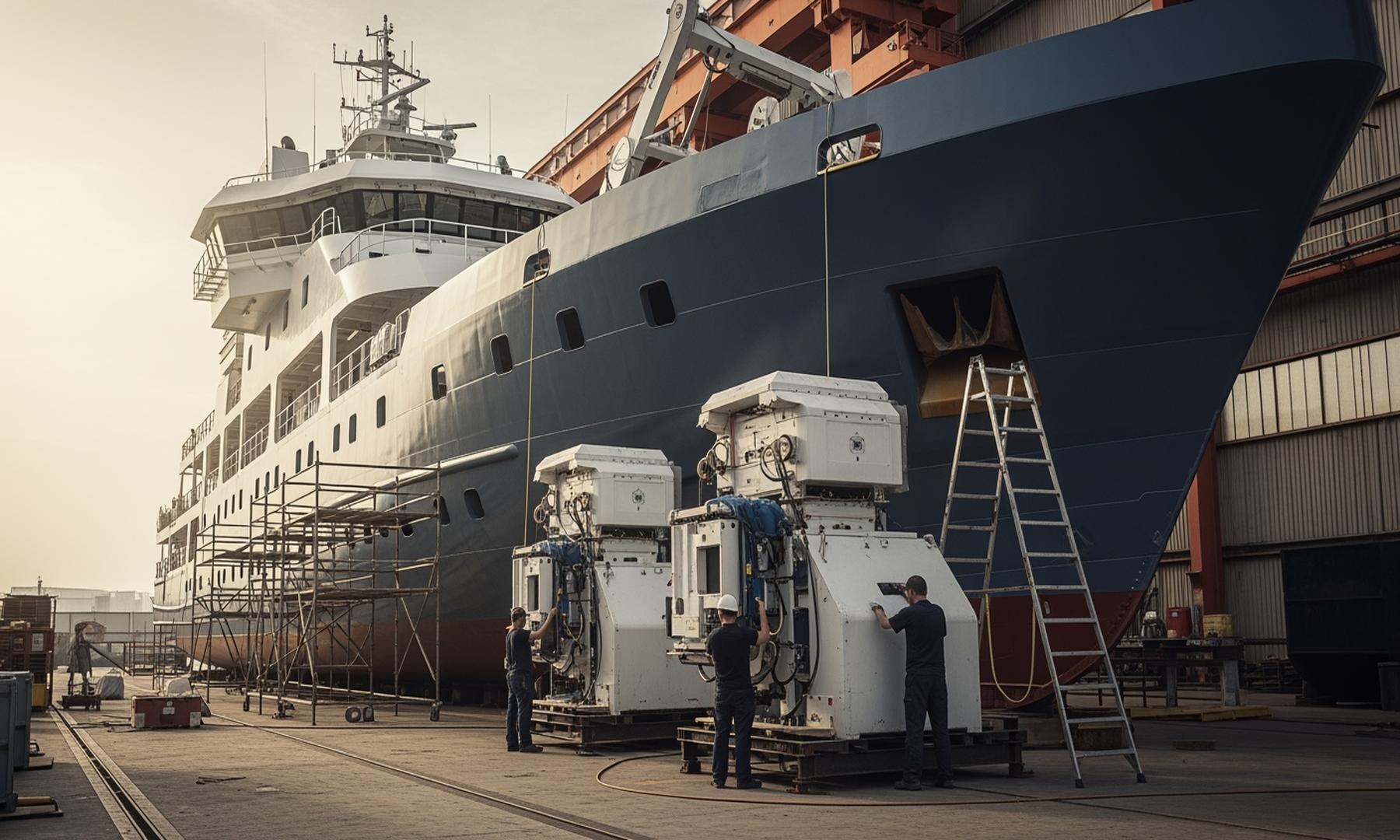What's Happening?
A tragic accident occurred at Hong Kong International Airport when a cargo plane skidded off the runway and collided with a ground service vehicle, sending both into the sea. The incident took place at approximately 3:50 a.m. local time, involving Emirates
Flight 9788, which had arrived from Al Maktoum International Airport in Dubai. The Civil Aviation Department reported that the Boeing 747 freighter deviated from the North Runway upon landing. Two ground staff members were killed as their vehicle fell into the sea. The four crew members aboard the plane were rescued and hospitalized. Emirates confirmed the plane was wet-leased and operated by ACT Airlines, a Turkish company. The North Runway remains closed, while the South and Center Runways are operational.
Why It's Important?
The accident highlights significant safety concerns at one of the world's busiest airports, potentially affecting airport operations and logistics. The closure of the North Runway could lead to delays and disruptions in air traffic, impacting airlines and passengers. The incident underscores the importance of stringent safety protocols and effective coordination among airport authorities and airlines. The loss of life also raises questions about ground staff safety and emergency response measures. The investigation by the Air Accident Investigation Authority will be crucial in determining the cause and preventing future occurrences.
What's Next?
The Hong Kong Transport and Logistics Bureau has pledged full cooperation to ensure airport safety. The investigation into the accident will focus on identifying the factors that led to the runway deviation and subsequent collision. Emirates and ACT Airlines are expected to provide further information as the investigation progresses. The findings could lead to changes in operational procedures and safety standards at Hong Kong International Airport and potentially influence global aviation safety practices.
Beyond the Headlines
The accident may prompt a reevaluation of wet lease agreements, where airlines lease aircraft along with crew and maintenance services. This arrangement can complicate accountability and operational oversight, especially in emergency situations. The incident also highlights the vulnerability of ground staff working in high-risk environments, emphasizing the need for improved safety measures and training.














